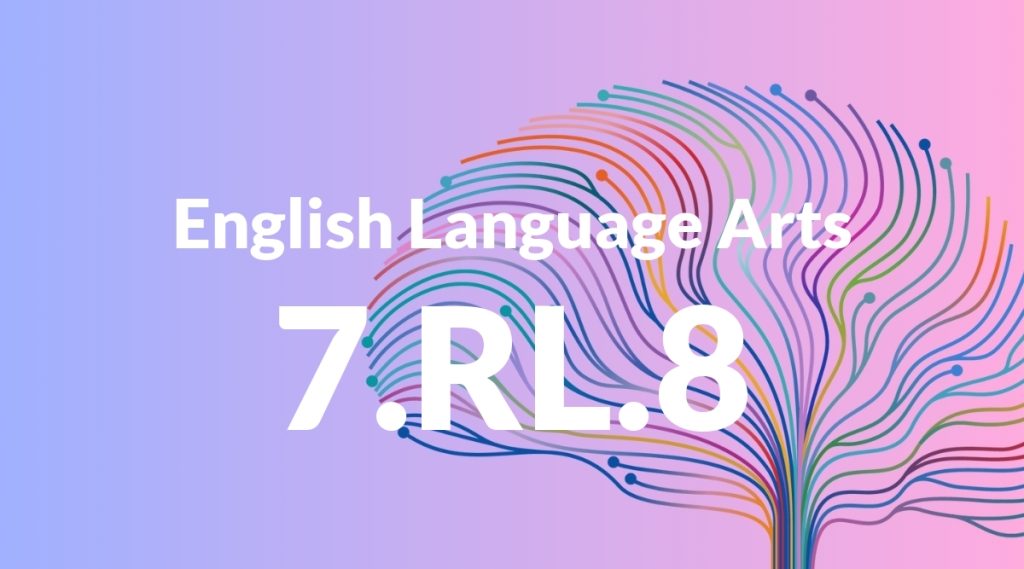Standard: 7.RL.8 – (Not applicable to literature)
Grade level: Grade 7
Subject: English Language Arts
Domain: Reading: Literature
Teacher Overview
This standard focuses on helping students understand that literary analysis goes beyond identifying themes and includes examining characters, settings, and plots. It is crucial for developing critical thinking skills and understanding the broader implications of literature in society. Students should be comfortable with basic literary terms and have some experience in reading and discussing texts. They should be able to identify themes, characters, and settings in simpler texts.
After mastering this standard, students will be able to analyze complex texts, draw connections between literature and other subjects, and understand the broader societal and cultural implications of literature.
Common Misconception 1
A common misconception is that literary analysis is solely about identifying themes. This is incorrect because literary analysis also involves understanding character motivations, plot development, and the influence of cultural and historical contexts.
Intervention 1
To address this misconception, teachers can provide diverse examples of literary analysis that highlight different aspects of a text, such as character studies, plot analysis, and contextual influences.
Common Misconception 2
Another misconception is that literature is disconnected from real life. This is incorrect because literature often reflects societal issues, cultural norms, and human experiences.
Intervention 2
Teachers can use real-world examples and current events to draw parallels between literature and everyday life, helping students see the relevance of their literary studies.
Prerequisite Knowledge
Students should have a foundational understanding of basic literary elements such as theme, character, and setting, as well as experience in reading and analyzing texts independently.
Subsequent Knowledge
After mastering this standard, students will be able to critically analyze more complex texts, draw connections between literature and other subjects, and develop a deeper understanding of how literature reflects and influences society.
Instructional Activities
- Group discussions on character motivations and their real-life parallels
- Comparative essays on themes in literature and historical events
- Interactive projects that explore cultural contexts of different stories
- Role-playing activities to understand character perspectives




